New Zealand
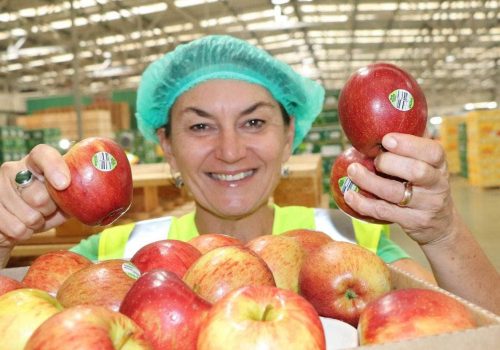
Fruit sticker ban comes as a surprise to industry
A 2023 deadline to phase out the use of plastic fruit stickers has come as a surprise to the fruit-growing and packaging industry.
Environment Minister David Parker announced that a range of single-use plastic items, including hard to recycle food and drink packaging, cotton buds, straws and fruit labels, would be phased out by 2025. The items will be phased out in three stages between late 2022 and July 2025.
Parker said the timing of the ban was intended to strike a balance between the public’s call for action and the need for businesses to seek alternatives.
But packaging manufacturer Jenkins Freshpac said the 2023 timeline for stickers, used to brand and otherwise identify produce, was too short.
Read More here…
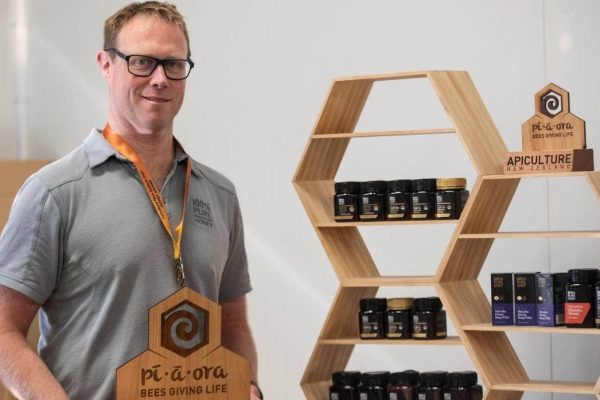
Timaru’s 100% Pure New Zealand Honey supreme winner in National Honey Competition’
A Timaru honey producer is the toast of the beekeeping industry after taking home eight medals at Apiculture New Zealand’s national honey competition, including the supreme award.
“We came so close in 2019, so it feels good to finally win the award,” 100% Pure New Zealand’s operations manager Jarved Allan told Stuff.
“And we’ll do it all over again next year,” he claimed.
“The 18 years I have worked at 100% Pure NZ Honey mastering what we do to showcase this top shelf product has contributed to winning this award.”
Read More here…
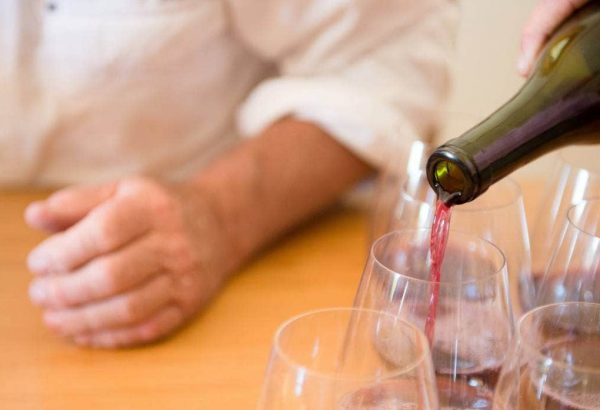
Tax hike adds a sour note to small wineries facing tough times
Wine producers already doing it tough now have another hurdle to face, with an excise tax of $2.33 per bottle being added on from July 1.
Reaching approximatively $28 per case (12 wine bottles), the excise take from an average bottle of wine is more than what a grower would get paid for his fruits, said a wine industry head.
A major concern with this increase is the impact it will have on the approximately 300 small wineries who only sell in the domestic market, said New Zealand Winegrowers chief executive Philip Gregan.
“They (small wineries) have already been hit hard by the lack of international tourists post-Covid, surging production costs, and the difficulties being experienced in the hospitality sector.
Read more here…
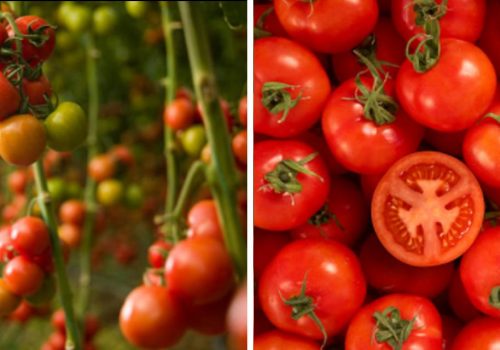
Tomato disease halts New Zealand exports to six countries
Pepino mosaci virus (PepMV) – which can affect the yield of plants and delay fruit growth – was found in an Auckland greenhouse in April and has spread to three other commercial sites.
The virus, which is found in China, parts of Europe and the Americas, is highly contagious and can be spread on crates, tools, clothing, and by bumble bees.
The Ministry for Primary Industries (MPI) has notified Australia, Japan, Thailand, Fiji, Tonga, and New Caledonia about the disease affecting New Zealand tomatoes, because these countries consider PepMV a quarantine risk.
MPI had temporarily suspended export certification to these markets, the ministry’s response controller David Yard said.
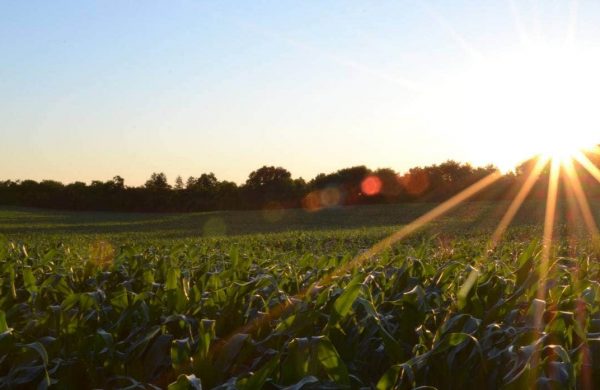
Farmer confidence rises as agricultural sector cheered by higher prices
Farmers are feeling more confident on the back of rising prices for agricultural products, according to the latest quarterly Rabobank rural confidence survey.
After 10 consecutive readings at negative levels, the survey turned positive in the first quarter of this year, and edged up further in the second quarter with overall net confidence at 13 per cent, up from 10 per cent.
The number of farmers expecting the rural economy to improve in the next 12 months increased to 32 per cent, from 29 percent, while those expecting it to worsen remained at 19 per cent. Those expecting similar conditions slipped to 50 per cent from 53 per cent.
Read More here…
Australia
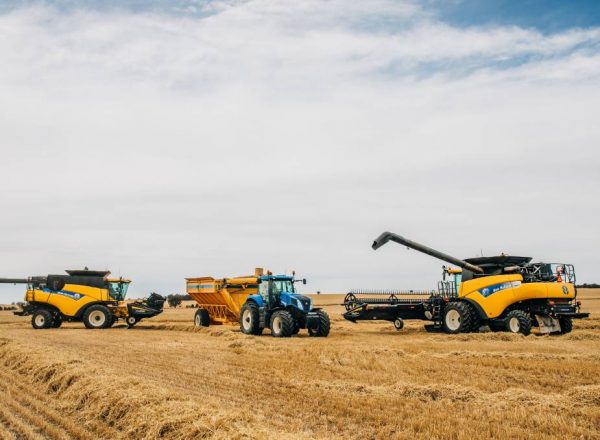
1000 overseas workers will be needed for harvest
WHILE the Federal government’s announcement of a new agricultural visa has been welcomed by some industries, particularly horticulture, it is not a silver bullet and won’t help to address chronic labour shortages in the grains industry.
The new Seasonal Agricultural Workforce Visa, announced by Federal Agriculture Minister David Littleproud last Wednesday, would enable workers from the 10 Association of Southeast Asian Nations (ASEAN) nations to work in Australia for up to nine months for three years in a row.
News of the visa was met with joy from all facets of the horticulture industry which has been calling for the solution for many years.
However, bringing in fruit pickers and meat packers from ASEAN countries won’t help to address the shortfall of 1000 experienced heavy farm machinery operators which are predicted to be needed for harvest in WA this year.
Read more here…

Dollar shifts drive optimism
Last week’s Australian wool market moved up a bit – or a lot, depending on which currency you were operating in.
In local dollar terms, prices were significantly higher due to the Australian currency remaining below the US0.76 cents handle during the selling week.
Overseas customers buying in US Dollars were able to either get more “bang for their buck”, or pay a bit more in Australian Dollars.
The Australian Wool Exchange (AWEX) Eastern Market Indicator (EMI) lifted 20 cents a kilogram for local growers.
Read more here…
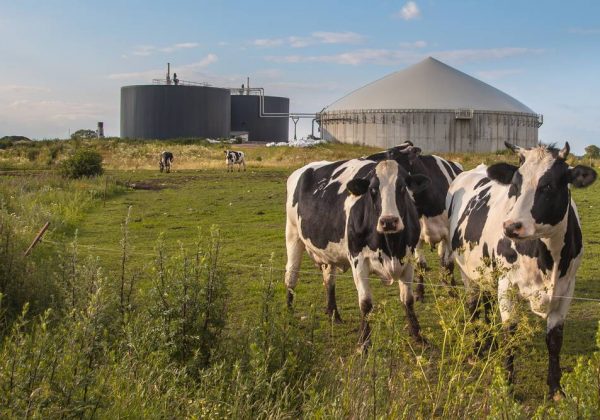
How your dairy farm may benefit from a gas hot water system
If you operate a dairy farm, you’re most likely aware of the fact that not all hot water heating systems are created equal. In fact, as reported by the Australian Energy Foundation, annual running costs for the most common types of hot water systems vary greatly, as do their levels of efficiency.
While all businesses in the agricultural industry have unique energy requirements, dairy farms in particular benefit from adopting reliable energy systems that can be engineered, specified and installed to meet their specific needs. That’s why so many dairy farmers rely on LPG gas as an adaptable fuel to keep their businesses growing.
When it comes to trusted LPG gas providers, companies such as Elgas support Australian dairy farmers by providing access to LPG to help reduce overall costs and emissions.
Read more here…
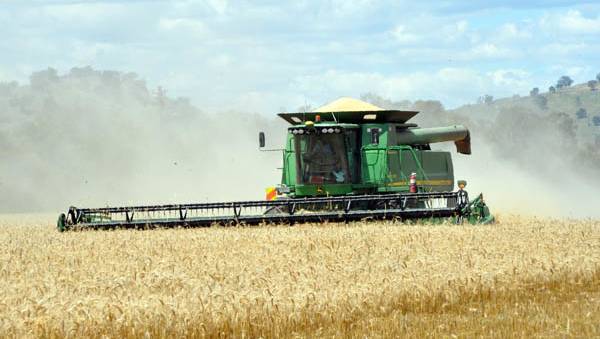
Southern Qld farmers optimistic of big harvest
Favourable weather has southern Queensland farmers eyeing off one of the best winter crops in several years.
Timely painting times and regular rain through the growing season have allowed crops to flourish across south western Queensland and through the Darling Downs. Many farmers are saying crops are the best at the start of July since 2016, which ended up being a memorable season for the right reasons.
Few areas have missed out. Crops are thick and dense in the expansive cropping areas around Dirranbandi and Thallon where farmers are preparing for a second consecutive big harvest.
Read more here…
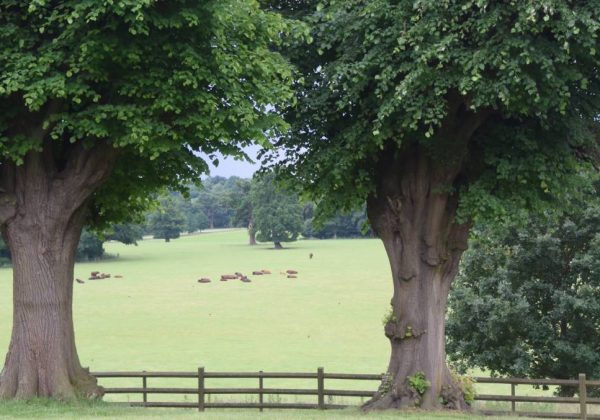
Aussie grains sector slaps down UK claims on pesticide use
THE AUSTRALIAN grains industry has resounding slapped down allegations from British lobby groups that the proposed Australian – United Kingdom free trade agreement will disadvantage British farmers because of what they claimed were Australia’s less stringent chemical standards.
Groups such as the Soil Association, an organisation with links to the organic sector, and the Pesticide Action Network, came out with claims that Australia’s environmental standards were lower than the UK and pointed to larger numbers of chemical registrations as examples of this.
However, Matthew Cossey, CropLife Australia chief executive said this argument was based on a flawed assumption.
Read more here…
South America
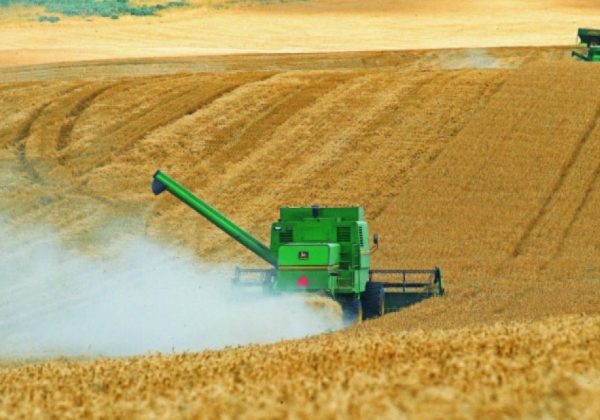
Brazilian Government announces increased funding for agribusiness
The Government of Brazilian President Jair Bolsonaro Tuesday launched what was called “The Harvest Plan 2021/2022” for which funding worth R$ 251.2 billion (US $ 50.6 billion) for national agribusiness was allocated.
The new financial support is 6.3% higher than the previous allocation, it was reported.
The announcement was made during a ceremony at the Planalto Palace in Brasilia by Bolsonaro and government officials.
According to Brazilian authorities, R$ 177.78 billion will be for funding and marketing and R$ 73.4 billion will be for investments. The latter portion of the budget was raised by 29%.
Read More here…
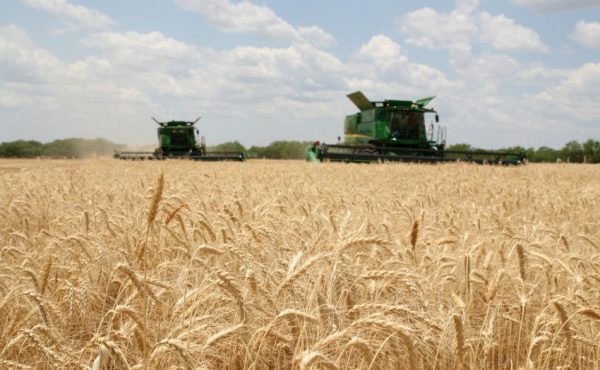
Argentina expects a 19 million tons 2021/22 wheat harvest, with 12 million tons for export
Argentine wheat exports should reach 12 million tons in the 2021/22 winter harvest, according to a new estimate released by the Buenos Aires Cereals Exchange. If confirmed, the volume, the highest since 2016/17, will be 26.3% above this season’s production.
The increase is mainly due to the expectation of production growth, projected at 19.15 million tons, compared to 17 million in 2020/21. In this scenario, the internal wheat milling should also grow in 2021/22, by 8.3%, and reach 6.5 million tons. This also means the country will have a larger than usual surplus for export.
Read More here

Demand for soy puts pressure on Pantanal, Brazil’s largest wild wetland
- Global demand for soybean has seen annual production of the crop in Brazil soar from 30 million tons in 2000 to 125 million tons today. Most of the agrochemicals consumed in Brazil are used on this crop.
- Soybean farming also accounts for most of the agrochemicals used in Brazil, and the farming activity concentrated in the state of Mato Grosso is now seeing those chemicals washing downstream to the Pantanal wetlands.
- The planet’s largest floodplain, the Pantanal is relatively untouched by agriculture, with only 0.01% of its area occupied by soy farms.
- Scientists have shown that waterways feeding the Pantanal are contaminated and silted up, and that fish are growing scarce in certain locations.
Read more here
Food Updates

Top of the flavour charts
Want a taste of what’s trending? New Food’s Editor interviews Kerry Taste & Nutrition’s Christina Matrozou to find out about the current and emerging flavour trends of 2021.
Earlier this year Kerry Taste & Nutrition released its annual Taste Charts, which uncovered the flavours and ingredients that are set to inspire innovation and taste excellence across the food and beverage sector.
“The Taste Charts delivers a tool that enables product developers, marketeers and foodies around the world to unfold the lifecycle of taste,” Christina Matrozou, Marketing Manager Taste Europe and Russia, Kerry Taste & Nutrition, Amsterdam, told New Food.
Read more here…

Potato and rice protein shakes viable alternatives to whey says study
The study claims potato and rice protein could be just as filling as their whey counterparts, yet they reduce insulin spikes for those who need to monitor blood glucose levels carefully.
A study from the Centre for Nutraceuticals at the University of Westminster found that plant-based protein shakes may be potential viable alternatives to milk-based whey protein shakes, particularly in people with need of careful monitoring of glucose levels.
The study, published in the journal Nutrients, suggests that potato and rice proteins can be just as effective at managing appetite and can help better manage blood glucose levels and reduce spikes in insulin compared to whey protein.
Read more here…

Football’s secret weapon: Robson-Kanu talks food as medicine
Former Premier League and international footballer International footballer Thomas ‘Hal’ Robson-Kanu talks about food as medicine and explains how turmeric turned his career around.
Everybody has a theory when it comes to sports nutrition, from marathon runners consuming vats of pasta before a race to aspiring boxers knocking back raw eggs in a bid to build muscle. While the science behind most of these practices is perhaps dubious, there is one ingredient that more and more of the elite sporting world is turning to: turmeric.
Indeed, that vibrant spice that many keep at the back of their cupboard does, in fact, have a range of benefits for athletes and mere mortals alike.
Read more here…
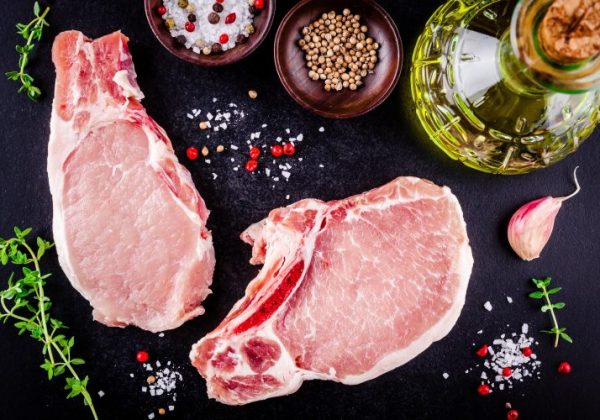
Are all proteins created equal?
New research claims that animal-protein sources provide a greater net gain of protein over their plant-based counterparts, and should therefore not be considered equal.
Protein is essential to human health and nutrition. That won’t come as news to anyone, yet with the rise of plant-based diets seemingly unstoppable, plenty of research recently has been dedicated to assessing how comparable plant-based protein is with its animal counterparts. Yet one group of scientists claims that, based on recent research, plant-based proteins should not be considered equal of a substitute for animal-based protein.
The 2020-2025 Dietary Guidelines for Americans (DGAs) published an “ounce equivalents” recommendation to help consumers meet protein requirements with a variety of protein food sources.
Read more here…

Technology innovation to help end chick culling
An effective combination of innovative technology could be the solution to a global issue in ethical food production – chick culling.
The global demand for animal protein continues to increase. As a result, poultry and egg producers have modified their practices over the years to improve efficiency and boost production. Because of their successful use of technology advances, eggs that might once have been an expensive commodity have become a low-cost, widely available source of protein. As an unintended consequence however, some of the practices used to increase production have introduced ethical challenges that are only now being addressed.Male chicks do not ultimately produce eggs and are not a favoured source of meat. For this reason, hatcheries work to make sure that costly resources, such as food and space, are only used for female chicks that are of the highest value to the industry.
Read more here…


